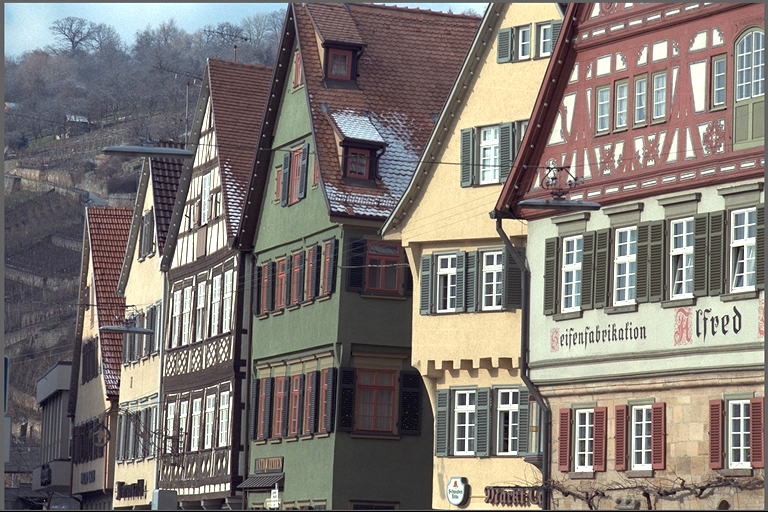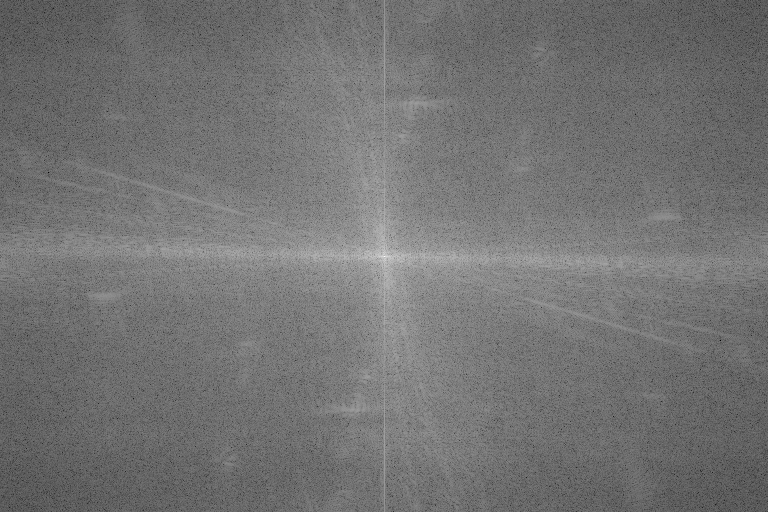FFT
Overview
The FFT application outputs a spectrum representation of an input image, saving it into spectrum.png. The user can define what backend will be used for processing.
This sample shows the following:
- Creating and destroying a VPI stream.
- Wrapping an image hosted on CPU (the input) to be used by VPI.
- Convert an image to another format
- Creating a VPI-managed 2D image where output will be written to.
- Create a FFT algorithm and call it.
- Simple stream synchronization.
- Image locking to access its contents from CPU side.
- Interpret and process the resulting spectrum information.
- Error handling.
- Environment clean up.
Instructions
The usage is:
./vpi_sample_07_fft <backend> <input image>
where
- backend: either cpu or cuda; it defines the backend that will perform the processing.
- input image: input image file name; it accepts png, jpeg and possibly others.
- Note
- Currently FFT isn't available on PVA backend.
Here's one example:
./vpi_sample_07_fft cpu ../assets/kodim8.png
This is using the CUDA backend and one of the provided sample images. You can try with other images, respecting the constraints imposed by the algorithm.
Results
| Input image | Output image, spectrum |
|---|---|
 |  |
Source code
For convenience, here's the code that is also installed in the samples directory.
107 throw std::runtime_error("Backend '" + strBackend + "' not recognized, it must be either cpu or cuda.");
136 CHECK_STATUS(vpiImageCreate(cvImage.cols / 2 + 1, cvImage.rows, VPI_IMAGE_FORMAT_2F32, 0, &spectrum));
140 vpiCreateFFT(backendType, cvImage.cols, cvImage.rows, VPI_IMAGE_FORMAT_F32, VPI_IMAGE_FORMAT_2F32, &fft));
145 CHECK_STATUS(vpiSubmitConvertImageFormat(stream, backendType, image, imageF32, VPI_CONVERSION_CAST, 1, 0));